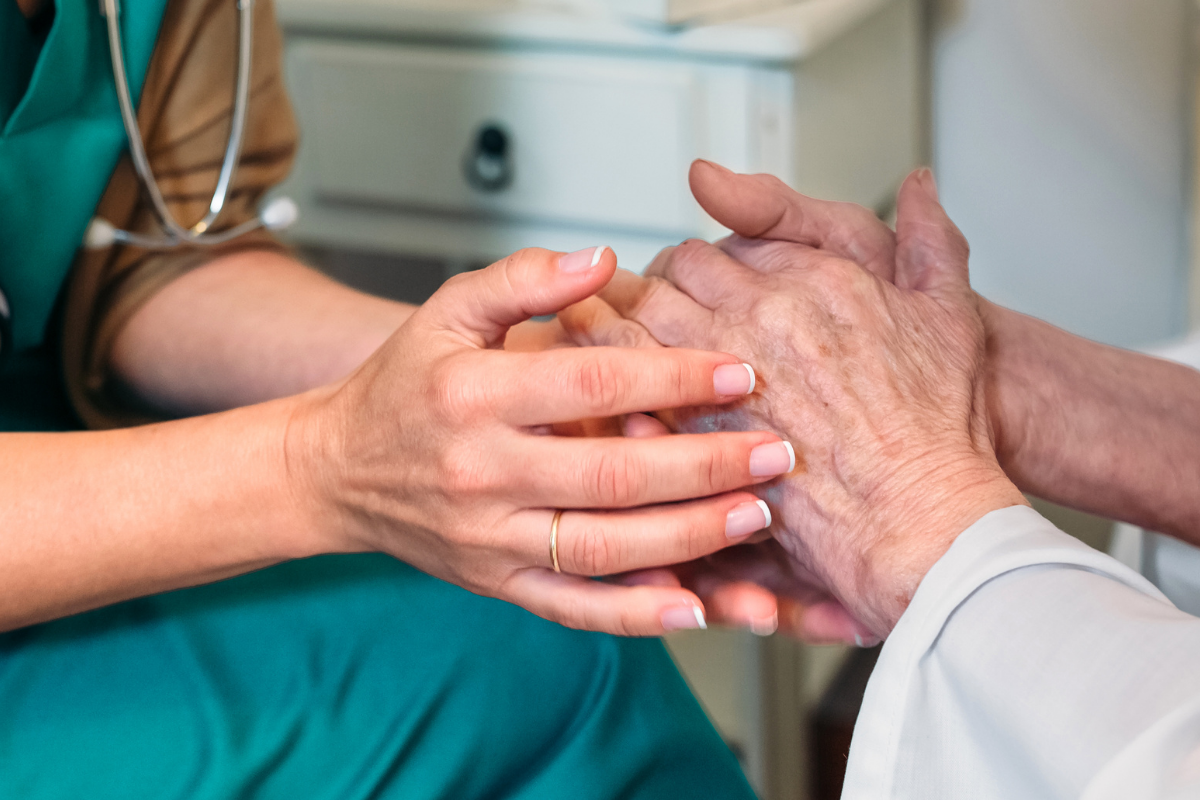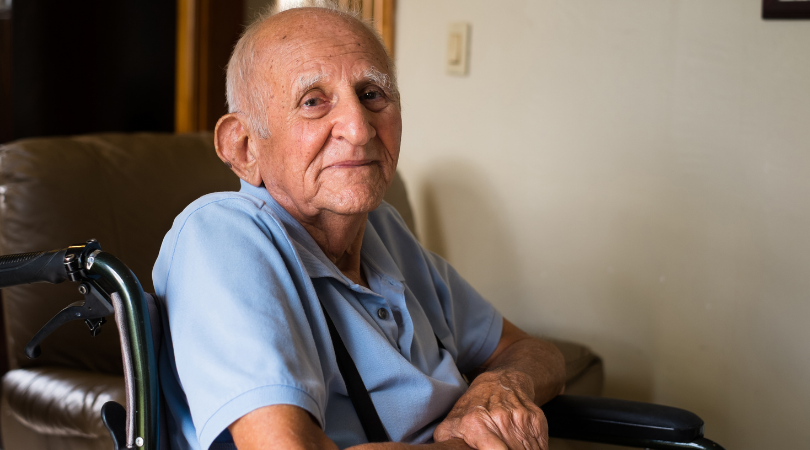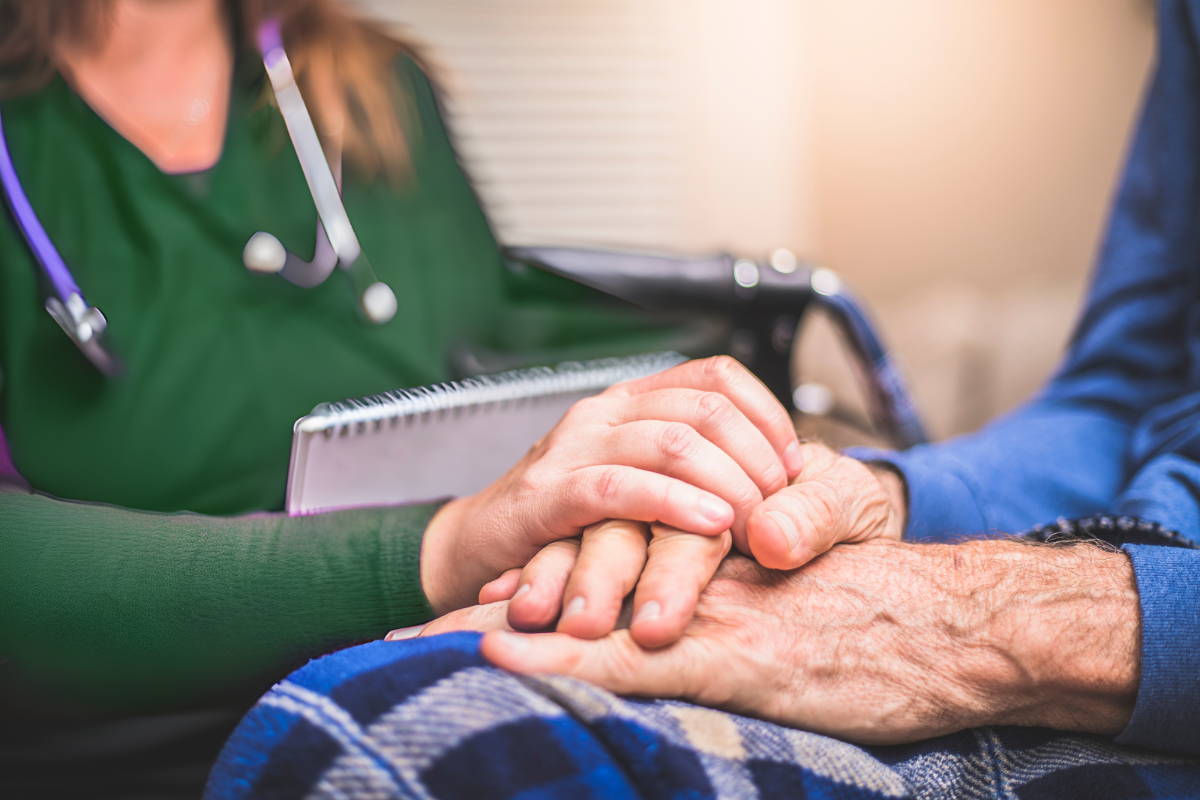What Google Gets Wrong About Hospice & Palliative Care

A language barrier can sometimes present a difficult obstacle for physicians, patients, and their families to overcome. Throw in the fact that many different cultures have many different understandings of end-of-life care and it can be even harder to ensure these patients and families understand the truth and value behind these services.
Even through an interpreter or a third-party translation tool, the process of communicating correctly across a language barrier can become a bit murky. In fact, certain translations of hospice and palliative care fall very far off from what the services actually provide.

The Impact of Incorrect Translation
A key example of this includes Google’s translation of the words “hospice” and “palliative care” from English to Chinese. Interestingly enough, Google’s translation of “hospice” results in “临终关怀” – a phrase that means “last minute care” in Chinese. The translation for “palliative care” amounts to a phrase meaning “do nothing care.”
This interpretation of these services is tremendously problematic, because not only does it result in communication issues across cultures, but it can make patients with chronic or terminal illnesses reluctant to access the care they need to live their best lives on a physical, emotional, and spiritual level. In this case particularly, words do matter. How we approach our use of them can immediately impact the lives of those who need support now.
Being National Hospice and Palliative Care Month, it’s never been a better time to shed light on the truth behind these definitions.
Hospice Is Not “Last Minute” Care
Hospice care focuses on a person’s last six months of life or less. When curative treatment is no longer an option, hospice professionals like the team at Crossroads Hospice & Palliative Care work to make the patient’s life as comfortable and fulfilling as possible. This does not equate to “last minute care” as the Google translation would suggest. This translation frames hospice as a daunting treatment focused solely on immediate death or the rushed tying of loose ends before a loved one passes.
Hospice focuses on the “life” portion of end-of-life care. It is a philosophy of care that focuses on treating the whole patient – not just their disease. It surrounds them – wherever they call home – with a team of professionals who specialize in helping them live their best life possible for all of the time they have left.
Nurses and hospice aides visit patients throughout the week to assess and address their needs and symptoms and to ensure they are physically comfortable. Social workers ensure that their emotional needs are being met. Chaplains and hospice volunteers provide patients with spiritual support and companionship throughout their time on hospice care.
In addition to addressing these needs, Crossroads provides a number of unique care programs that even further enhance this experience. The Crossroads Gift of a Day program asks patients what their perfect day looks like, then brings that day to life. Crossroads also performs a Veterans Recognition Ceremony to honor Veteran patients for their service and sacrifices. The Life Journals program helps families compile memories and special moments from a patient's life into a hardbound book that will celebrate that life for years to come.
For families, Crossroads’ grief support services are available in the time leading up to and after the passing of their loved one to help them move beyond the pain of their loss.
One of the things the team at Crossroads most often hears from families is, “we wish we had known about these services sooner.”
Hospice is not meant to be a last-minute panic button. It is meant to be utilized throughout the course of a terminal illness as a way to enhance quality of life and make the most of the time a patient has left.

Palliative Care is Not “Do Nothing” Care
Like the last translation, this characterization of palliative care as “do nothing care” is simply false. The many benefits of palliative care would, in fact, prove that the exact opposite of this characterization is true.
While there are a few key differences, hospice and palliative care have many similarities. At Crossroads, the palliative care team does everything possible to ensure that patients are living their best and most comfortable lives throughout their chronic illnesses.
Palliative care focuses on managing pain, treating symptoms, and providing emotional support when patients need it most. Like hospice, palliative care focuses on the patient first and foremost. It is their wishes that determine the focus and goals of their care.
Unlike hospice care, palliative care allows patients to pursue aggressive, curative treatment at the same time that they are receiving palliative care. Palliative care can be performed for non-terminal patients to help them live longer, happier lives.
The entire Crossroads mission centers around doing more for patients. We offer more care, more services, and more visits when patients need it most. It’s a far cry from “doing nothing” at the “last minute.”
To learn more about the Crossroads mission to do more, please call us 1-888-564-3405.
If you found this information helpful, please share it with your network and community.
Copyright © 2020 Crossroads Hospice & Palliative Care. All rights reserved.




